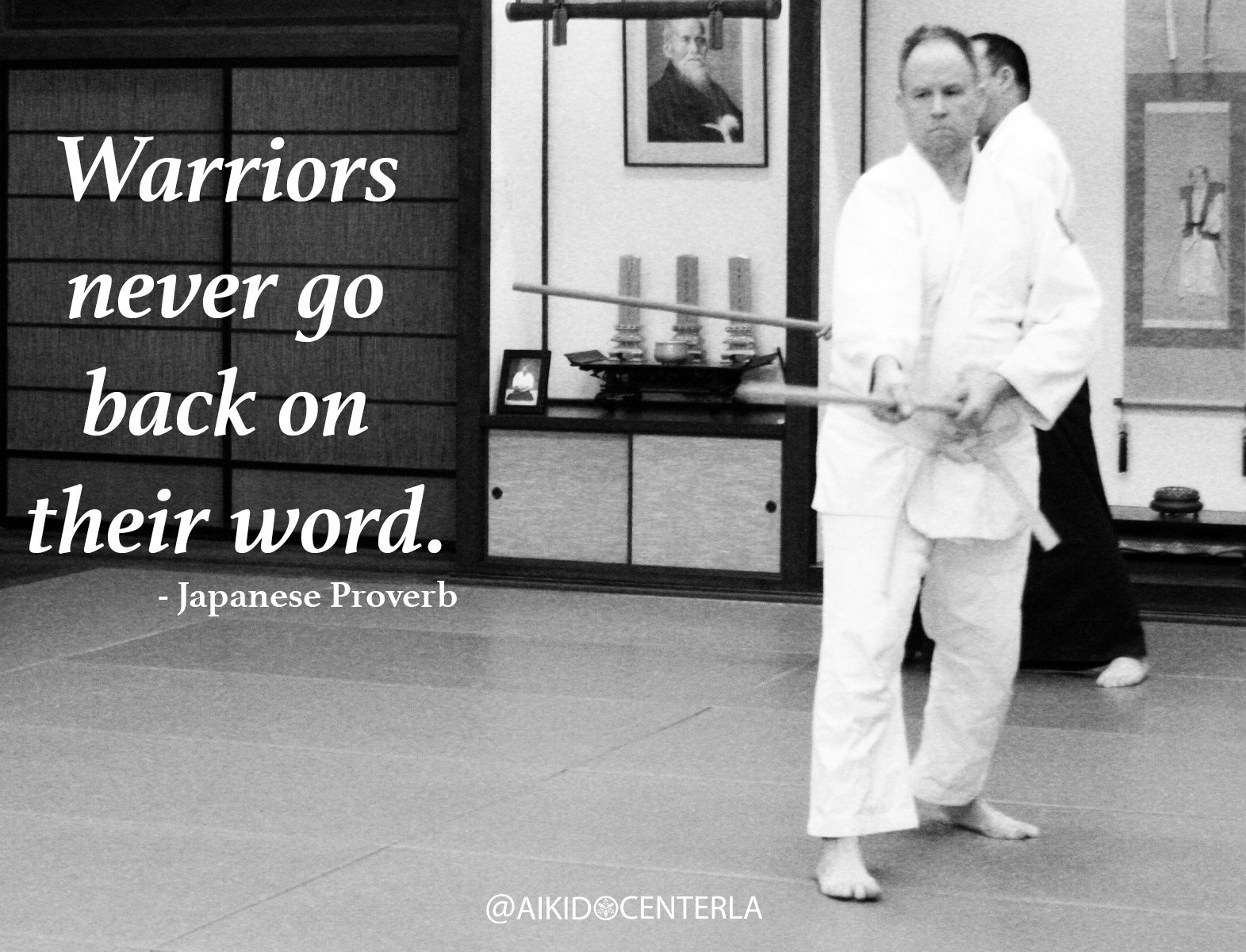A true warrior doesn’t take anything personal. To take something personal is to internalize another person’s actions and become offended or upset by it. When we take something personal, we are allowing something from the outside to affect how we feel on the inside. Becoming agitated or losing focus creates a suki (隙) or an ideal opening for our opponents to attack and defeat us. That is why one of the highest goals in swordsmanship is said to be equanimity or the ability to mindfully act and not mindlessly react to an attack. Epictetus said, “It's not what happens to you, but how you react to it that matters.” Therefore, we should look at attacks from the standpoint of our internal stamina or self-esteem versus self-compassion. Self-esteem is something that we have to build up like the main wall of a castle. Self-esteem is our overall opinion of ourselves or “the confidence in one's own worth or abilities; self-respect.” We build up a strong immovable barrier to stave off any attack but once that rampart breaks, we have to start all over again and build up our defenses up from zero. However, in the meanwhile we also have to come back from total personal devastation. If self-esteem is a wall, self-compassion is a process. Self-compassion is not so much a strong barrier to repel invaders but a way to deal with the attacks as they come. Author Kristin Neff has defined self-compassion as being composed of three main elements of “self-kindness, common humanity, and mindfulness.” Aikido is the art of compassion. We are, just like our attacker, a human being and human beings by design are fallible. Understanding this, Aikidoists realize that every person is suffering and because of this, we give them compassion instead of destroying them. The true goal of all martial arts is to achieve mindfulness in action. When we are mindful and give ourselves compassion, we realize that an attack is not personal but only a way for a suffering person to incite us to create an opening to attack. O’Sensei said, “In our techniques we enter completely into, blend totally with, and firmly control an attack. Strength resides where one’s ki is concentrated and stable; confusion and maliciousness arise when ki stagnates.” Thus, an Aikidoist harmonizes and never allows the external to influence the internal and that is why a true warrior doesn’t take anything personal.
Today’s goal: Realize that person is suffering so don’t take anything personal.
Watch this video to better understand taking things personal





















